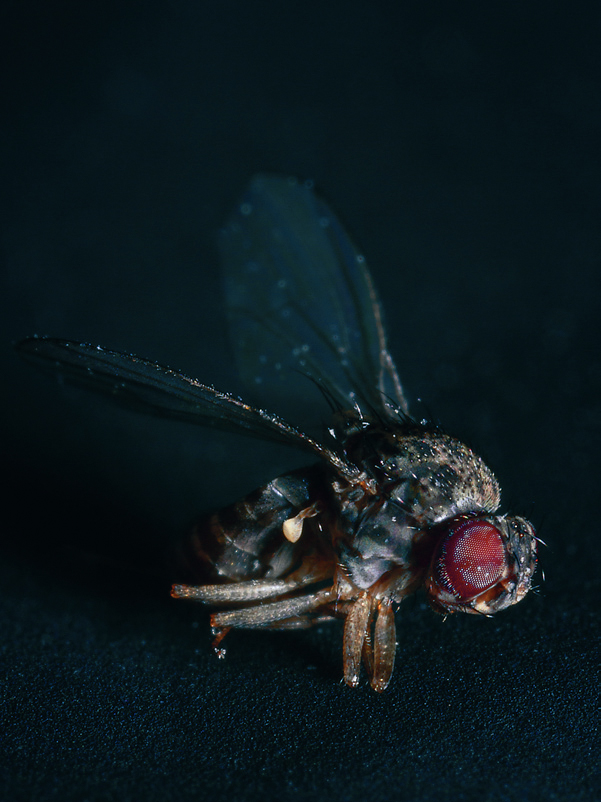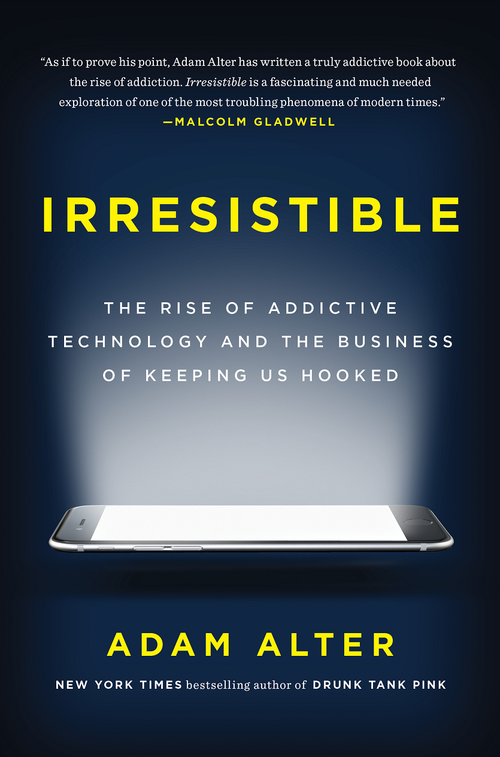"It’s very difficult to be free. For society, a free person is not good because a free person has doubts, a free person has questions – very important questions – and these very important questions necessitate time, and after this, he will act."—Pierre Liebaert, in our interview about his photo series Free Now.
What Fools These Mortals Be A review of Immortal by Maija Tammi and Ville Tietäväinen
Our relationship with mortality is one of denial. We spend our lives pretending that we will not die, or at a minimum that we do not mind that we will die, while simultaneously seeking out ways of delaying or preventing death. It makes sense, then, that we humans elevate immortality: it is a superpower, it is supranatural. The immortals of our collective imagination are vampires and gods, and occasionally a human like Shakespeare or Cleopatra. When it comes to the serious business of immortality, what doesn’t typically come to mind is a squiggly little polyp.
In the new photobook Immortal: Lost Memoirs of Cornelia Dulac Concerning the Freshwater Polyp Hydra, authors Maija Tammi and Ville Tietäväinen give us a fictionalized account of true scientific studies of Hydra. Told from the perspective of the character Cornelia Dulac, a Canadian biologist who has supposedly gone missing, the story interweaves past research on Hydra, Dulac’s experimentation with them, and philosophical musings on time and death. Tammi’s photos of Hydra and Tietäväinen’s illustrations accompany the transcriptions of Dulac’s studies to create a book that is happily difficult to classify; it is part art, part science, and pure fascination about the immortal Hydra.


First, some basic facts: Hydra are small freshwater polyps less than a centimeter long. They’re biologically immortal, meaning they do not age and, assuming access to nutrients and a hospitable environment, they can live indefinitely. More than that, they’re regenerative, so they can reproduce a limb or even a head that has been severed. This ability can extend to cloning, so that a single creature split in two can result in two distinct and complete living Hydra. They don’t even have a brain. Hydra are so enigmatic in their biology that at first it wasn’t clear whether we should classify them as animals or plants. That such a ridiculous creature can have such a grand characteristic as non-senescence is enough to understand a biologist’s intrigue, if not outright obsession.
Tammi and Tietäväinen open their book with a prologue that gives us a framework for understanding: The oldest recorded individual of Drosophila hydei, a species of two-winged fly, is 100 days. The oldest recorded Homo sapiens, or modern human, is 122 years. Hydra vulgaris could live, by scientific estimates, a span of 494 to 3,376 years. We really can’t be sure of their oldest member, since we have no means to determine their age.
When we humans think of the life-span of flies, they’re something of a joke to us—their lives are a punchline of disposability and insignificance. By contrast, when we bring Hydra into the lab to study them, these biological immortals die principally due to human error. We mortals are clumsy with them. The joke’s on us.

“The secret of the hydra’s immortality is just a question of time,” says Dulac in her transcribed tapes. “Time is also a problem though, as we are a quick-species, quickies, living only some eighty plus years, which makes us ill-equipped to research a non-aging species. It would be like a fruit fly examining us. More than twenty generations might be dead before a human even walks.”
Immortality and Hydra have been the subjects of artist-researcher Tammi for years. In fact, it’s relevant to disclose as part of this review that I’m already well familiar with her corpus because I know her personally and have previously contributed writing or copyediting to her projects, including White Rabbit Fever and Sick Photography. The work that she brings to Immortal therefore revisits and extends her photographic works on Hydra, by including previously unpublished work as well as introducing stories on some of the Hydra experiments that she performed in collaboration with researchers, here reframed as studies by Dulac. Tietäväinen, the coauthor of Immortal, has also previously worked together with Tammi as the designer of Tammi’s book, Leftover/Removals. Now, they combined to conceptualize the structure of Immortal and bring the story of Dulac to life through Tammi’s body of artistic research.
 Tietäväinen’s design of the book is fitting: with its clean and minimalist formalism, it registers as scientific. Yet, the prominence given to the images and the delicate flourishes of font and whitespace assert artistry. The book embraces its multidimensionality. Beyond this, the pages themselves are uncoated, giving them a bone-dry feel that unsettlingly reminds of death. It succeeds beautifully as an object whose content and concept are materialized by its form.
Tietäväinen’s design of the book is fitting: with its clean and minimalist formalism, it registers as scientific. Yet, the prominence given to the images and the delicate flourishes of font and whitespace assert artistry. The book embraces its multidimensionality. Beyond this, the pages themselves are uncoated, giving them a bone-dry feel that unsettlingly reminds of death. It succeeds beautifully as an object whose content and concept are materialized by its form.
But, what does it all mean? That is, if we’re all going to die, shouldn’t we go smell some flowers instead of troubling ourselves with polyps? Why speculate and philosophize about time and death, rather than simply living? Why do we need a fictional character to tell us about Hydra, anyway?
It is a truism that we better understand ourselves through contrast: We understand that we live a long time because it is much longer than a fruit fly, and we understand that we live a short time because of the age of the universe. We understand that humans are creative because they build cities and make books and invent characters who act out imaginary emotions in make-believe scenes whereas other animals simply do not. These observations help us to understand what we are, and what we are not. Polyps are immortal, yes. And many among us may, like Dulac, grow ravenous with envy at the thought of unlocking the secret to stopping the clock. Yet, polyps do not publish books and, lacking a brain, it’s likely that they don’t weave fanciful tales. It would be interesting to know if Hydra, or any other creatures for that matter, experience their existence with the same escapism as humans, always somehow dissatisfied with our lot in life and in search of ways to change what we are. Who knows, perhaps when faced with the vertigo of immortality, a Hydra is in denial about its lack of death.

These topics are heavy-lifting, but Tammi and Tietäväinen skillfully keep things light. Each of the transcribed texts is relatively short, give or take a hundred words, so each insight or metaphysical inquiry is kept to the point. By using the format of transcription, they also ensure the language is conversational and personal. Dulac is essentially talking to herself, so she is somewhat freed of the constraints of performance or formality. She curses her sloppy handiwork, she talks through complications in her process, she frets over her role in accidentally ending the life of an immortal. It is—as much as one can say about a fictional character—an unguarded account.
The deft interplay between deep subject matter and light-hearted banter, and the practice of science and art, gives Immortal a complex character and charming magic. It feels both accessible and profound, creative and informative. As a study of time, it is suitably timeless.
 Immortal is published by Aalto University.
Immortal is published by Aalto University.



